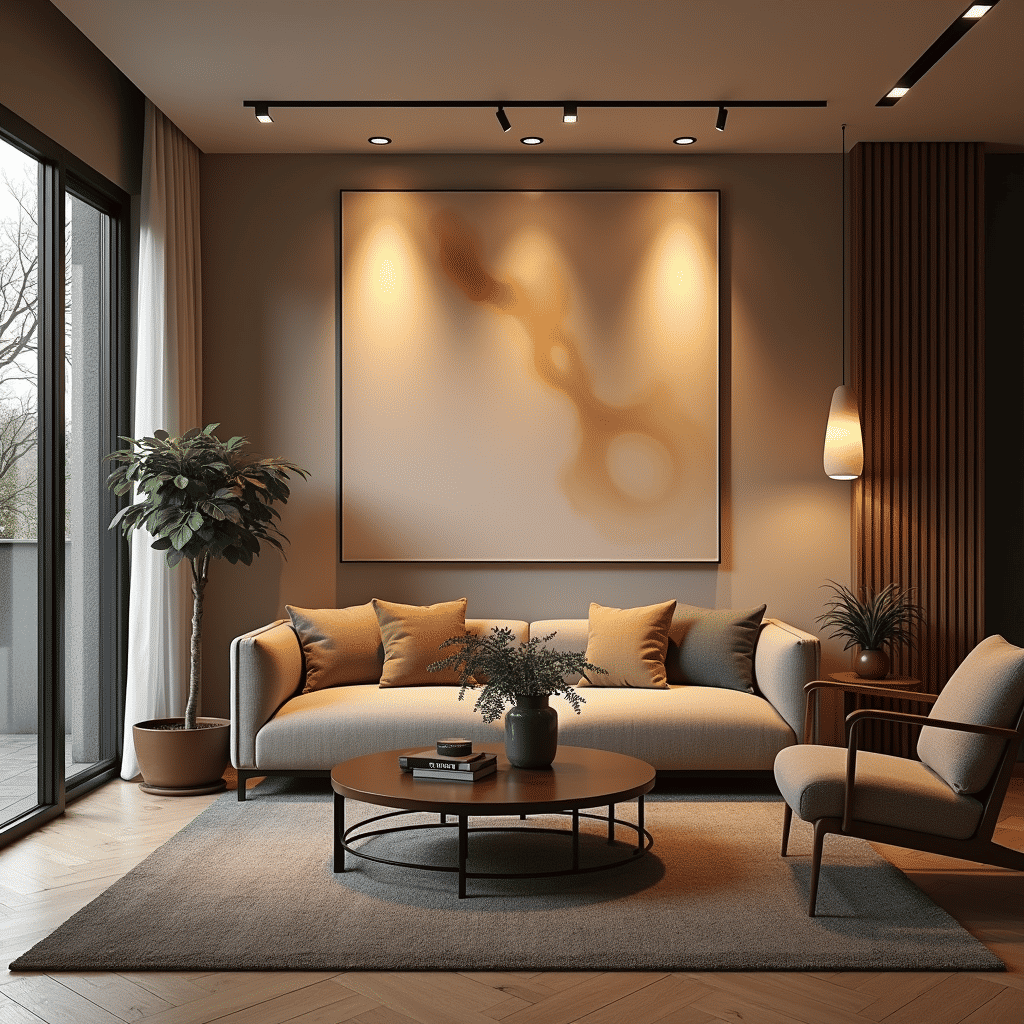Lighting is one of the most transformative elements in interior design, yet it is often overlooked. When chosen carefully, the right lighting can significantly enhance the ambiance, functionality, and aesthetics of any space. Whether you're aiming to create a cozy nook, a vibrant workspace, or a sophisticated living room, understanding the impact of lighting is crucial.
Understanding the Basics:
Before diving into fixture choices, it is important to understand three main types of lighting that each play a specific role in your space:
-
Ambient Lighting: This is the main source of light in a room, providing overall illumination. It can come from ceiling fixtures, pendant lights, or well-placed lamps, setting the base mood for the space.
-
Task Lighting: As the name suggests, this lighting serves specific tasks, such as reading, cooking, or working at a desk. Desk lamps, under-cabinet lighting, and focused ceiling lights are prime examples.
-
Accent Lighting: This type is used to highlight specific areas or objects, like artwork or architectural features. Spotlights, wall-mounted fixtures, or track lighting can be used to create layers and depth.
Choosing the Right Fixtures:
Each room in a home has its unique requirements and mood, and your choice of lighting fixtures can make a world of difference.
-
Living Room: This is a social space where both relaxation and interaction happen. A combination of a central chandelier or ceiling light with floor lamps and wall sconces can create a layered effect that allows for flexibility depending on the activity. Dimmable lights are particularly effective here, offering control over the ambiance.
-
Kitchen: The kitchen is both a workspace and a gathering point, so lighting should be practical yet appealing. Bright overhead lights combined with under-cabinet lighting allow for detailed work, while pendant lights over an island can add style and focus.
-
Bedroom: Soft and calming lighting is ideal for bedrooms. Bedside table lamps or sconces provide personal task lighting, while a central fixture with a dimmer can adjust the room's atmosphere.
-
Bathroom: Functionality is key in bathrooms, requiring strong, shadow-free lighting around mirrors for grooming tasks. Consider fixtures above or beside mirrors along with flush-mount ceiling lights for overall illumination.
The Role of Light Temperature:
Light temperature, measured in Kelvins (K), affects the mood of a room as much as the lighting type. Lower Kelvin values (around 2700K-3000K) emit a warm light, suitable for cozy, intimate environments like living rooms and bedrooms. Higher Kelvin values offer cool, bright light (around 4000K-5000K), perfect for task-oriented spaces like kitchens and bathrooms.
Personal Touches:
Lighting can be a reflection of your personal style. Selecting unique statement pieces can turn basic lighting into a conversation starter. Vintage lamps, modern mixed-metal fixtures, or minimalist LED setups can be chosen to align with the overall style of your space.
Conclusion:
Investing time and thought into your lighting choices can pay off significantly in terms of comfort and aesthetic appeal. The right combination of lighting not only highlights your home's best features but also supports the essential activities within each space. Experimenting with various types and styles can help you find a perfect balance that transforms your home into a more enjoyable and practical environment. Remember, lighting is not just about visibility—it's about creating an atmosphere that enhances your quality of life.
